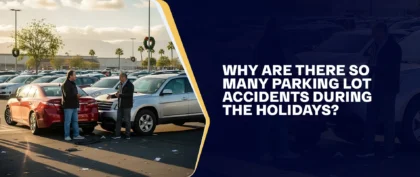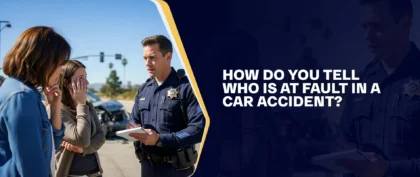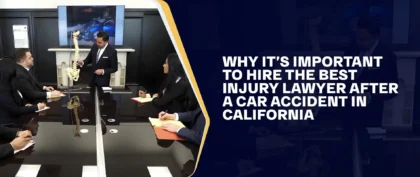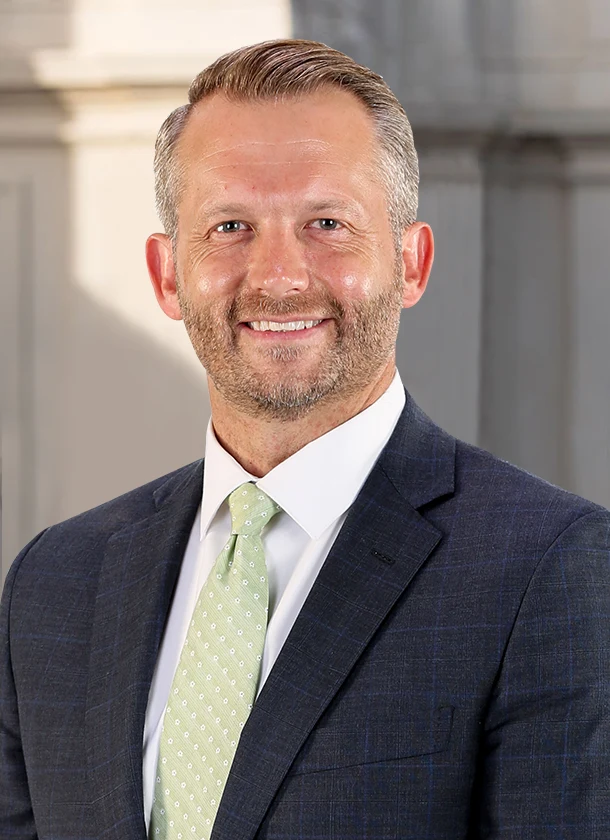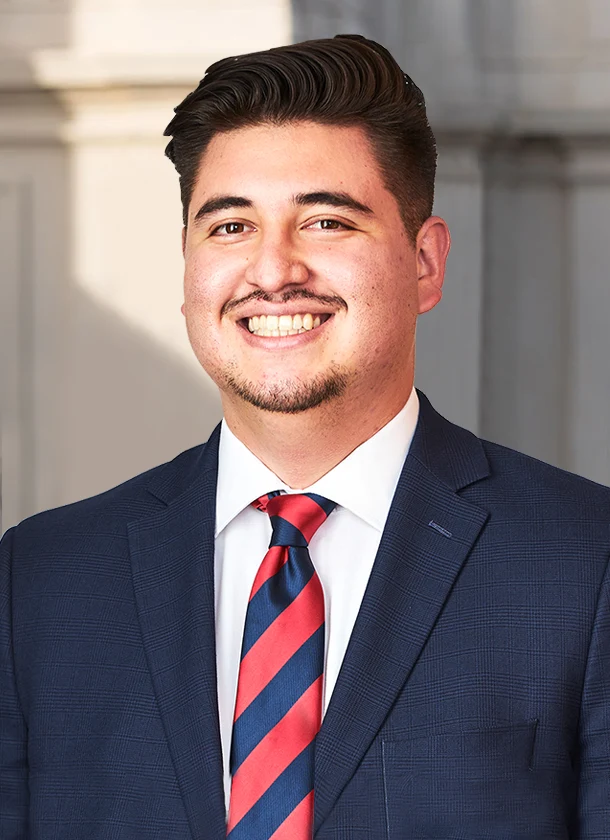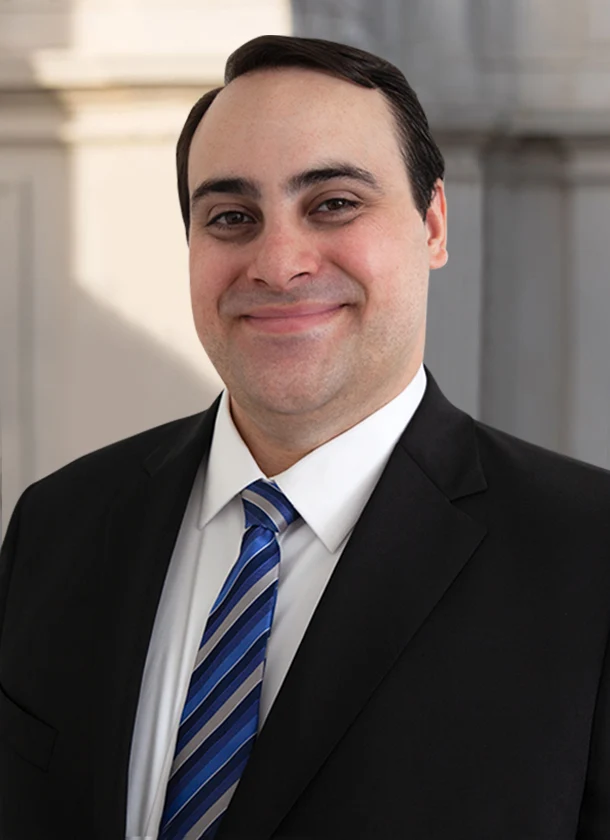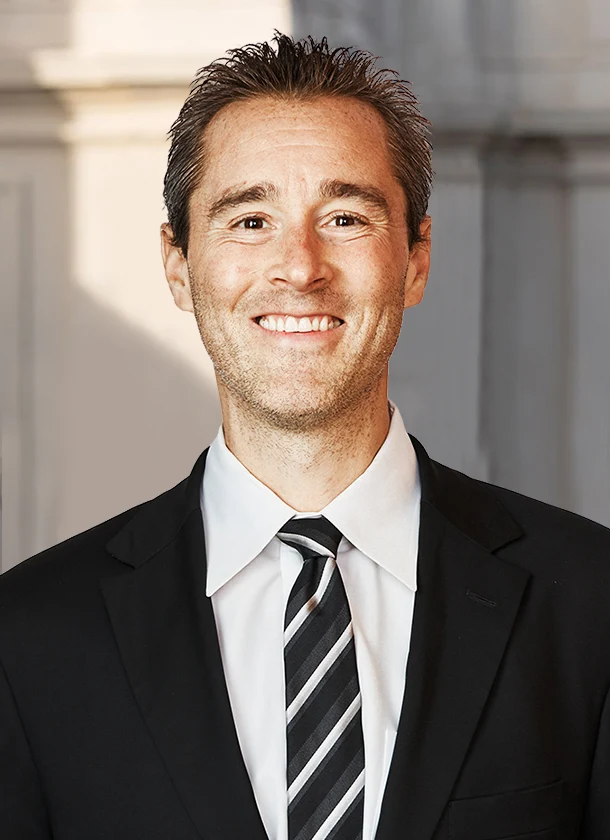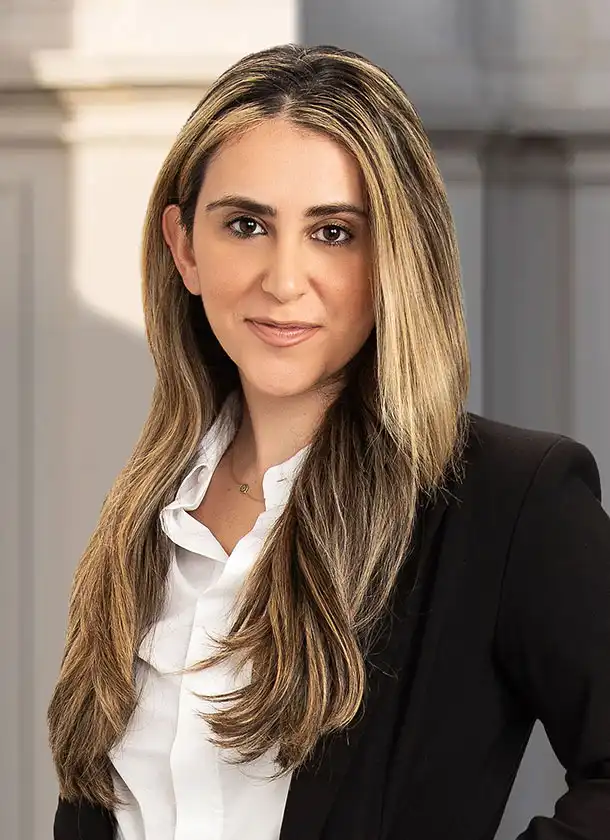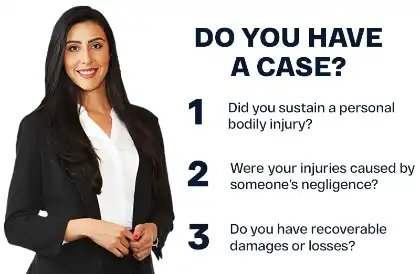Table of Contents
For years, traffic accidents in the United States have been viewed as mere accidents. Our language has developed a culture that reduces accountability for car accidents. After all, an accident is unavoidable. It might be happenstance. Perhaps it was a tragic coincidence. But calling it an accident reinforces a mistaken — and dangerous — conclusion: that accidents are no one’s fault.
The fact is that accidents are almost always someone’s fault. Insurance companies process thousands of claims every day based on the fact that someone was, in fact, at fault. One way to help reduce traffic accidents is to encourage drivers to take personal responsibility for practicing safe driving habits. This means that negligent drivers must be held accountable for their dangerous driving behaviors.
Filing a personal injury claim thus serves two important purposes. First, it lets you seek compensation for your injuries and losses. Second, it seeks accountability for the at-fault driver’s actions. The consequences of a personal injury claim (including increased auto insurance premiums and the stress of litigation) are a strong incentive to engage in safer driving behaviors in the future.
Safety Advocates Seek To Change Blameless “Car Accident” Terminology
According to LAist, some safety advocates aim to change the way we discuss car accidents. These proponents are advocating the use of the phrase “traffic violence” in place of “car accidents” or “auto accidents”. This language sends a clear message: that “accidents” are avoidable, and drivers make many choices that can endanger or kill other road users.
Why Semantics Matter
A simple change in terminology does not have a direct impact on the number of traffic collisions nationwide. It does, however, have a direct effect on attitudes about road safety. When collisions are reported as “accidents” or “tragedies”, it implies that nothing could have been done to prevent the collision. This is rarely the case. There is almost always a distraction, impairment, speeding, or violation of other road rules that contribute to the accident. These factors can be controlled. It is important that all road users accept responsibility for engaging in safe road behaviors. Language that makes a collision seem inevitable also relieves road users of the responsibility to prevent similar collisions in the future.
Consider the example of a devastating collision in LA’s Koreatown back in October 2019. A young mom with three school-aged children in the car struck another young mother and child in a crosswalk. The four-year-old pedestrian was killed. CBS Local Los Angeles reported the case as a ”terrible tragedy” and “horrible accident”, emphasizing that the driver had cooperated with law enforcement and had not been cited for speeding or impairment. But was this collision an unavoidable accident? No one questions that the driver did not mean to hit the mother and child in the crosswalk. Yet she may have made negligent choices that ended the life of a small child.
But Why “Violence”?
Violence has a strong suggestion of intent. Perpetrators of violence choose to engage in their unsafe behaviors and place innocent victims in danger as a result. Drivers who choose to ignore road safety rules also place innocent victims in danger. All too often, these victims are killed as a result of the driver’s choice to engage in unsafe driving. In fact, the Violence Policy Center reports that motor vehicle deaths and gun deaths in the United States have been reaching similar numbers for years. By 2014, they were nearly equal. This just shows how similar violence and auto collisions truly are in terms of their effect on American society.
Violence also elicits a much stronger reaction than references to an “accident”. Consider the reaction you had upon reading the title of this article. Were you unnerved by the description of “traffic violence”? Did it seem too strong to you? What were your feelings about violence? These are the types of reactions that we should have when describing the vast number of horrible deaths that occur on our roadways.
Changing Language In Order To Change Behavior
Of course, the real goal of these language changes is to change the unsafe behavior that causes all too many Californians to lose their lives on our roadways. The California Office of Traffic Safety reports that 3,563 traffic fatalities occurred in the state in 2018. Of these, more than a thousand were related to alcohol impairment, and 42 percent of drivers killed in crashes who were tested for drugs were found to be positive. These are choices that must be changed if California’s roads are to be made safer.
But what will lead to real change? Research has given us reliable information about what does – and more importantly, what does not — work to change driving behaviors.
What Doesn’t Work
Unfortunately, Los Angeles has learned the hard way that some strategies just aren’t working. The Los Angeles Times reported on the failure of Vision Zero, a strategic — and expensive — 2015 initiative of then-Mayor Eric Garcetti aimed at eliminating all traffic deaths in Los Angeles. But four years after it was implemented, traffic deaths had actually increased by 32 percent. More Los Angelenos died in traffic collisions during that period than those killed through gun violence.
Meanwhile, pedestrian deaths continued to rise during these years. Vision Zero has proven to be a contentious political issue. Garcetti has been an enthusiastic advocate of the program, which includes controversial measures such as reducing vehicle lanes in order to make room for bike lanes and other safety devices. The steps have proven unpopular in high-traffic areas of Los Angeles that already experience heavy congestion.
City Council members withdrew their support for projects in their districts that proved unpopular with their constituents. Instead of backing off the initiative — or simply reevaluating what wasn’t working — Garcetti tripled down on his position at the time. The Daily News reported that, early in 2018, Garcetti proposed significantly increasing the budget for the project. Still, despite its efforts, the city fell short of its Vision Zero goal of eliminating traffic deaths by 2025.
What Does Work
Despite the disappointing results of Vision Zero in Los Angeles, there are other encouraging statistics that suggest other programs can be more successful in reducing auto accidents. Here are some factors that are known to work:
Enforcement
Studies have repeatedly shown that enforcement of laws prohibiting unsafe driving behaviors reduces fatal traffic accidents. For example, the Insurance Institute for Highway Safety found that fatalities related to red-light running were 21 percent lower in cities where red-light cameras had been installed. These cameras also reduced all types of fatal crashes at regulated intersections by 14 percent. Thus, even when the camera only captures a single kind of illegal activity, all unsafe driving in that intersection is reduced.
Multiple studies indicate that speed cameras also significantly reduce the number of crashes. While these are unpopular with many drivers, they do have the effect of reducing speed, which in turn reduces the number of accidents and the severity of injuries that are suffered in accidents. Mercury News reported that both San Francisco and Santa Clara County have considered introducing automated enforcement systems.
The bottom line is this: cities and third-party companies that provide automated enforcement do profit from the revenue these programs generate. But these programs also reduce accidents and save lives. The balance between these competing interests will continue to be battled on a local and state level for years to come.
Teen Driver Education And Training
Teen drivers who take a driver’s education course are statistically less likely to be involved in auto accidents. This fact is why insurance companies offer lower insurance rates to teen drivers who have completed driver’s ed. The Children’s Hospital of Philadelphia Research Institute reports that there are three common factors associated with teen driver accidents:
- Failing to identify and respond to hazards
- Speeding
- Distraction
Teens who learn about these hazards and are trained to respond to them are less likely to be involved in an accident.
Research has also shown that teen drivers are more likely to be involved in accidents at night or when there are multiple teen passengers in the vehicle. This is why many states have enacted graduated driver’s licensing (GDL) programs that impose a curfew on teen driving and restrict the number of passengers a teen driver may have in the car. Other risks, such as drunk driving or distracted driving, can affect both teens and adults. Discuss with your teen driver all the dangers they will face on the road.
Consider New Technologies — But Understand How They Work
Consumers these days have more options than ever for adding safety features to their vehicles. Backup cameras, drift assist, automatic emergency braking, forward collision and blind spot warnings, auto-steering, rear cross-traffic alerts, and other technologies that were once a mere idea now come standard on many new vehicles. These technologies have the capacity to reduce accidents and save lives — but only if drivers understand how they work.
After Market News reports on a study that found the majority of drivers surveyed expressed uncertainty about how their vehicle’s safety features worked. Many drivers were even uncertain about safety features that have long been standard on American cars, such as anti-lock brakes and tire pressure monitoring. Failing to understand safety features can have potentially fatal consequences. For example, imagine that you thought your vehicle had emergency braking, but it was only programmed to alert you to dangers in the road. You might be expecting the vehicle to brake for you. This is just one of many things that can go wrong when you do not understand the features of your car.
Never Drive While You Are Drunk Or Impaired
Whether a driver is impaired by drugs, alcohol, prescription medication, or any combination of these substances, the risk of being involved in an accident is much higher when you are impaired. With the widespread availability of ride-sharing apps like Lyft and Uber, however, you can easily get a ride on demand. These rides are fast and affordable, and there is simply no excuse to endanger lives.
For some drivers, it is difficult to tell when they are impaired. Alcohol has a set impairment level, and decades of research have found that driving abilities are significantly compromised when a driver’s blood alcohol concentration reaches 0.08 percent. The law does not place per se limits defining impairment when it comes to other drugs; however, this leaves many people uncertain as to whether they should drive.
The California Vehicle Code vaguely prohibits driving while “under the influence of any drug”. But this does not clarify how much of a drug can impair a driver. The answer varies from person to person. The legalization of recreational marijuana has only made this issue more confusing. It is no longer illegal to be in possession of marijuana without a medical marijuana card, but the amount of marijuana that can impair your driving abilities is far from certain. This question will have to be settled on a case-by-case basis by juries. In the meantime, accident victims must pursue accountability from negligent drivers for the injuries they cause when they choose to drive with marijuana in their systems.
Don’t Let Yourself Be Distracted While You Drive — And Don’t Let Others Be Distracted, Either
Distracted driving is quickly becoming one of the largest public health threats in America. The National Highway Traffic Safety Administration reported that in 2023, thousands of victims were killed by distracted drivers. With the widespread availability of smartphones, navigation programs, and built-in entertainment systems, there are more distractions in our vehicles than ever. That said, electronic devices are just one addition to the distractions that have often posed a risk to drivers.
For example, eating while driving, attending to children and pets, grooming, reading, and everything else we see drivers doing on the roads of California can all cause significant distractions. It is essential for drivers to take responsibility for eliminating distractions. If possible, keep your phone in the back seat or trunk so you are less tempted to use it while driving. Get your pets and children settled before you leave. Do everything you can to keep your attention on the road where it belongs.
If you are a passenger, be sure you are not distracting the driver. Offer to answer calls or texts so that the driver is not using their phone. Let the driver know that you feel unsafe when they use the phone, navigation program, or entertainment system. It might be uncomfortable to say something, but it can also save lives.
Stay Safe At Red Lights
Red light violations often contribute to many car accidents and road deaths. AAA reports that 2017 saw the highest number of red light accidents in ten years. Surprisingly, AAA also found some troubling facts about driver behavior. While 85 percent of drivers surveyed considered red-light running to be “very dangerous”, nearly a third of the same drivers admitted to having run at least one red light within the past thirty days. This suggests that drivers do understand the dangers associated with red-light violations. However, they often give in to the temptation when they are faced with making a decision in the midst of stressful traffic situations.
Red-light running is an easy mistake to avoid. Be cautious when approaching an intersection and prepare to stop at the light. If you aren’t sure whether you can make it to the intersection before the light changes, err on the side of caution and do not attempt to “beat the light”. You should also drive defensively and be prepared to react when other drivers run a red light. Always wait before entering the intersection when your light turns green. This allows you to avoid any potential red-light runners coming from the opposite direction.
Call Us For A Consultation With A California Car Accident Lawyer
It is important to seek accountability from negligent drivers for their dangerous behavior. A change in language is an important first step, but there must also be consequences for reckless drivers. Personal injury claims not only help you pursue compensation for your losses, but they also discourage drivers from engaging in dangerous behaviors.
The experienced car crash lawyers at Arash Law have years of experience handling these cases. We have represented clients across California, including cities like San Francisco, Riverside, San Jose, San Diego, Sacramento, and Sherman Oaks. Call (888) 488-1391 to schedule your free initial consultation with one of our California injury lawyers. If you prefer to meet with us in person, our car accident lawyers are also available to meet you at a location that is accessible and convenient for you.


